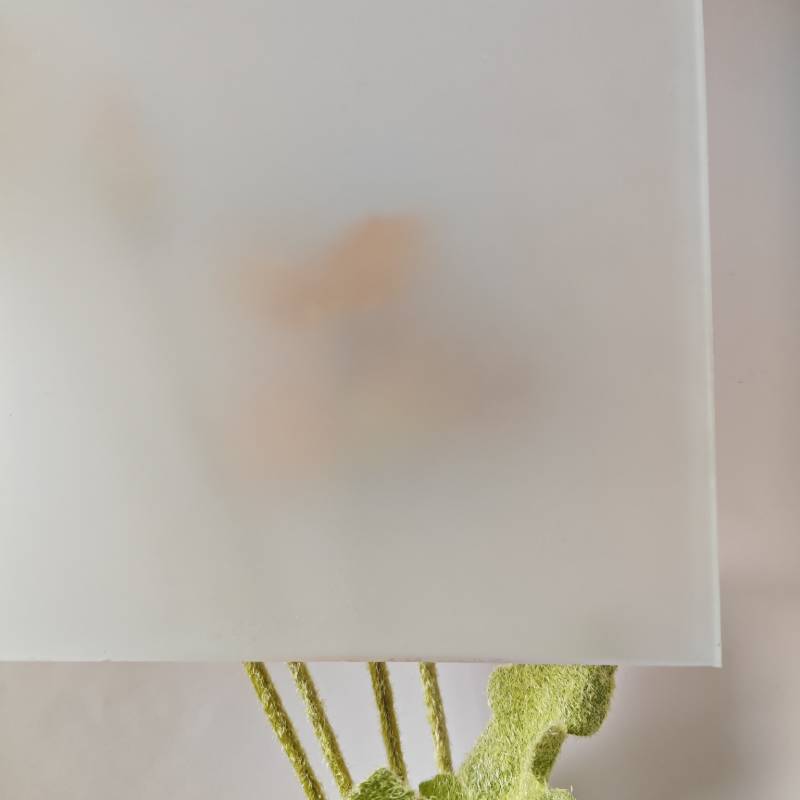

Wave Pattern Glass A Fusion of Art and Functionality
In the realm of contemporary design, wave pattern glass has emerged as a captivating medium that beautifully marries aesthetic appeal with practical utility. This innovative glasswork features intricately crafted wave-like designs, imbuing spaces with an organic, fluid character that echoes the movement of water. The enchanting patterns evoke a sense of tranquility and dynamism, making wave pattern glass a favored choice among architects, interior designers, and artists alike.
One of the defining characteristics of wave pattern glass is its versatility in usage. Whether utilized in residential or commercial settings, it serves multiple purposes. For instance, in homes, wave pattern glass can be found in shower enclosures, room dividers, and even as decorative window panels. Its ability to diffuse light creates a warm and inviting atmosphere while maintaining privacy. In commercial spaces, such as offices and retail environments, wave pattern glass is frequently used for partitions, doors, and storefronts, contributing to a modern and sophisticated aesthetic.
The production of wave pattern glass involves a meticulous process. Skilled artisans use techniques such as casting, slumping, or molding to create the desired texture and form. Each piece is unique, as the interplay of light and shadow across the undulating surface generates a dynamic visual experience. This individuality is particularly appealing in a world that increasingly values bespoke design elements. Additionally, the glass can be treated with various finishes and coatings to enhance its durability and energy efficiency, making it suitable for a wide range of applications.

Sustainability is also a key aspect of wave pattern glass. As environmental concerns continue to dominate contemporary discourse, manufacturers are increasingly opting for recycled materials in their production processes. Glass can be repurposed without losing its integrity, and integrating recycled content into wave pattern glass not only reduces waste but also lessens the environmental footprint of new glass production. This aligns with the growing demand for eco-friendly materials in architecture and design.
Moreover, wave pattern glass plays a significant role in enhancing the ambiance of a space. The ethereal fluidity of the waves can soften harsh lines and create a sense of flow within an environment. When light interacts with the glass, it produces a mesmerizing play of reflections and colors that can transform the mood of a room. This capability allows designers to craft spaces that are not only visually stunning but also emotionally resonant.
In conclusion, wave pattern glass encapsulates a harmonious blend of art and functionality. Its unique designs serve both practical and aesthetic needs, while its sustainable production methods align with broader environmental goals. As architects and designers continue to explore innovative materials, wave pattern glass stands out as a compelling choice, promising to infuse both beauty and sustainability into the built environment. Its capacity to elevate ordinary spaces into extraordinary experiences makes it a testament to the limitless possibilities of contemporary design.